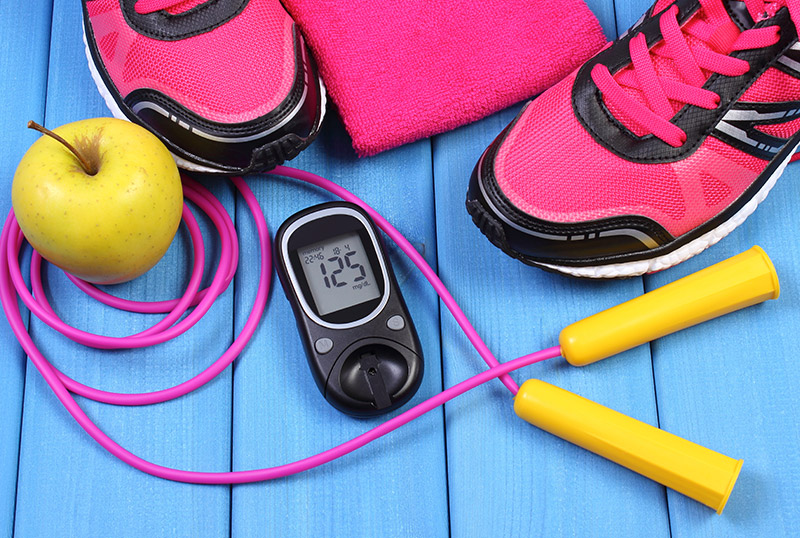


Signs and symptoms develop at a slow rate for individuals with type 2 diabetes. They can even go on for a long period of time without noticing.

Type 2 diabetes can be managed through positive lifestyle changes:
Medical interventions:
When type 2 diabetes is not properly managed, life-threatening complications could occur. However, when managed well, someone with type 2 diabetes can live to a normal life expectancy. Studies have shown that with proper management, remission is possible for some people with type 2 diabetes.
With Type 2 Diabetes, exercise is very important to do in order to live the most optimal healthy lifestyle with the disease. As we mentioned in the previous sections, Type 2 Diabetes causes high blood glucose levels. Exercise reduces the blood glucose in the body; therefore, exercise helps maintain the biggest complication of type 2 diabetes. Exercise does this by the muscles taking in more glucose for energy, and exercise makes insulin resistance go down thus allowing cells to use insulin more effectively. Exercise, also, helps people with type 2 diabetes avoid long term complications like heart attacks, strokes, and other cardiorespiratory issues. Other positive affects of exercise is lower blood pressure, better weight control, increased HDL levels, stronger muscles, more energy, improved mood, better sleep and stress management. It is best to exercise one to three hours after eating when your blood sugar levels are at the highest.
When exercise is mentioned here, it does not have to be several hours a day of hard, intense workouts. If you are just starting out exercising it could just be doing some movements that get your heart rate elevated above normal. This could be a thirty minute walk three days a week. Any type of exercise is going to help the diabetes type two condition. Resistance training to aerobic workouts will all get the heart rate up and will benefit the diabetic condition. EXERCISE IS MEDICINE!

Physical therapy can help diabetes type 2, by helping set up an exercise program and helping the patient get adequate exercise to maintain a healthy lifestyle. Education is another big factor of physical therapy. Some education factors would be proper diet, getting exercise in ones lifestyle, proper footcare, and how to manage symptoms. The physical therapist assistant must always watch for signs of diabetic ketoacidosis. This condition is common while a diabetic person exercises. With physical therapy it is important to get flexibility, muscle strength, and cardiovascular training in the workout. Physical therapy will help tremendously in helping get an exercise program for a person with type two diabetes to help improve their lifestyle and to prevent further difficulties in health.
